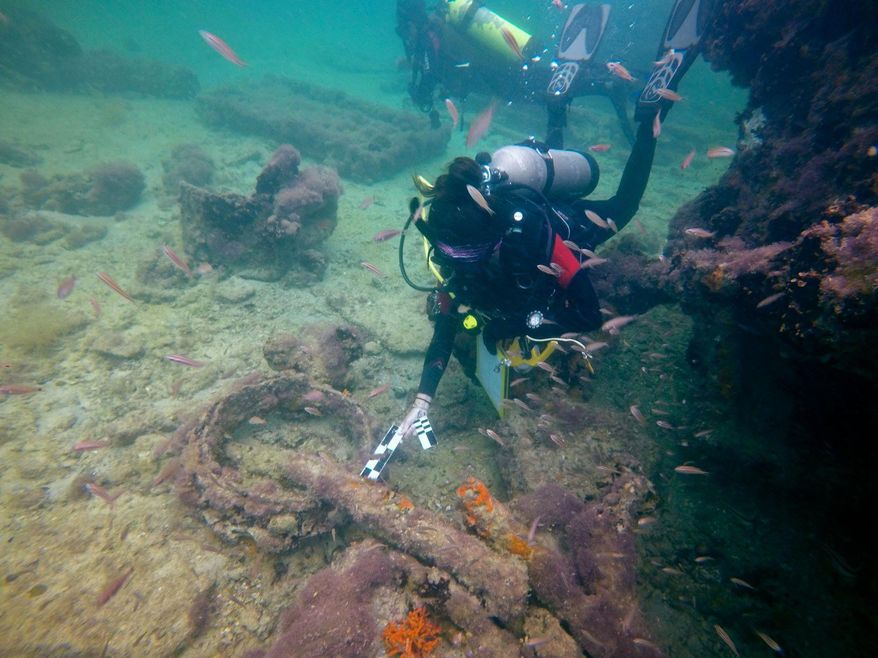
This July 24, 2017 photo released by Mexico's National Institute of Anthropology and History (INAH) on Sept. 15, 2020, shows what the INAH says is a detail of the iron skylight from the bow area of a submerged ship, belonging to the Mayan slave ship "La Union," off Sisal, in the Yucatan peninsula, Mexico. Archaeologists in Mexico say the ship had been used to take Mayan Indigenous people from Mexico, captured during and 1847-1901 rebellion known as “The War of the Castes,” to work in sugarcane fields in Cuba. The La Unión was on a trip to Havana in September 1861 when its boilers exploded and it sank off the once-important Yucatan port of Sisal. (Helena Barba/INAH via AP)
Featured Photo Galleries

Trump Transition: Here are the people Trump has picked for key positions so far
President-elect Donald Trump has announced a flurry of picks for his incoming administration. Get full coverage of the Trump transition from The Washingon Times.

Trump dances onstage, takes post-election nation by storm
President-elect Trump dances onstage












